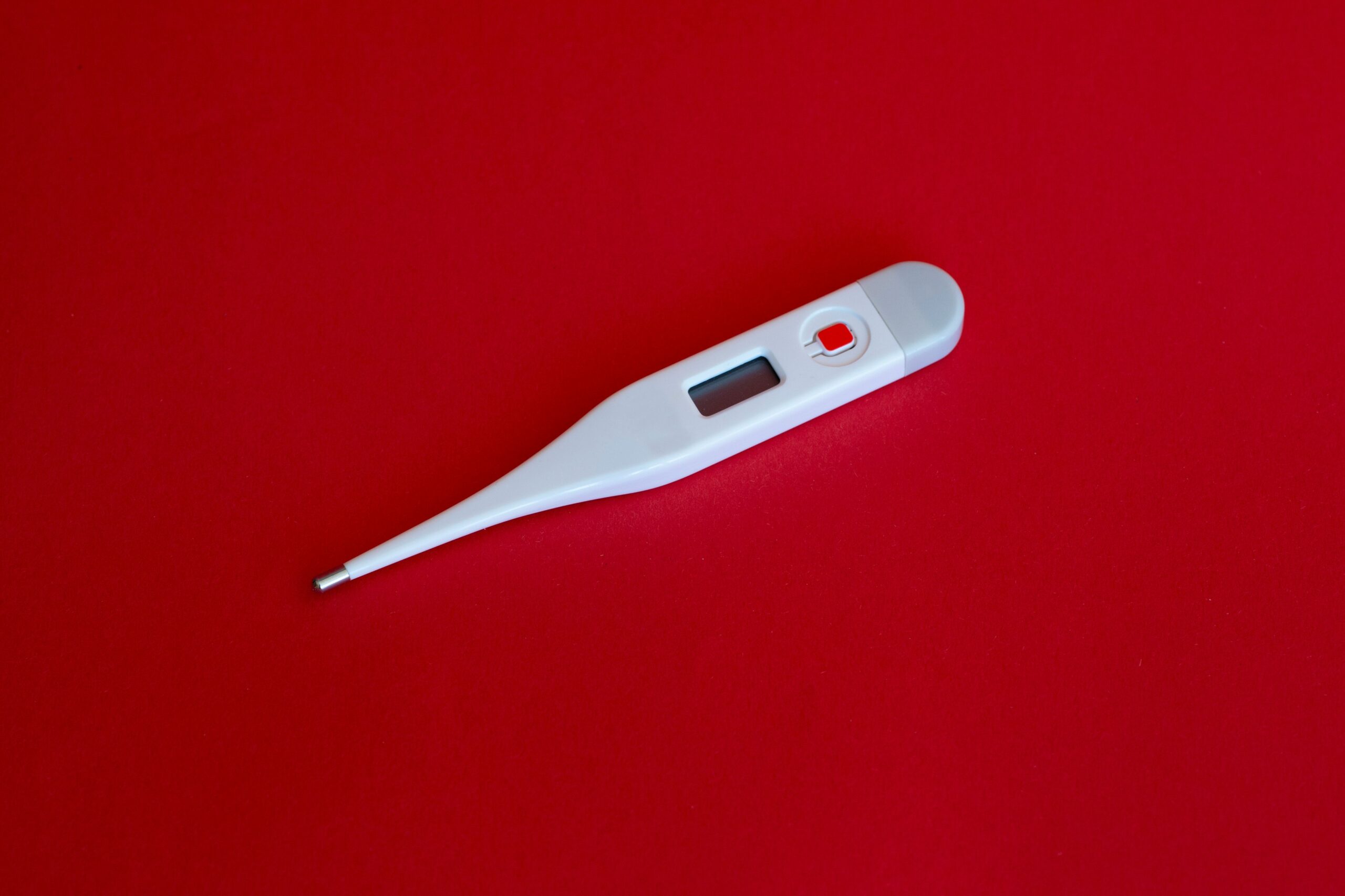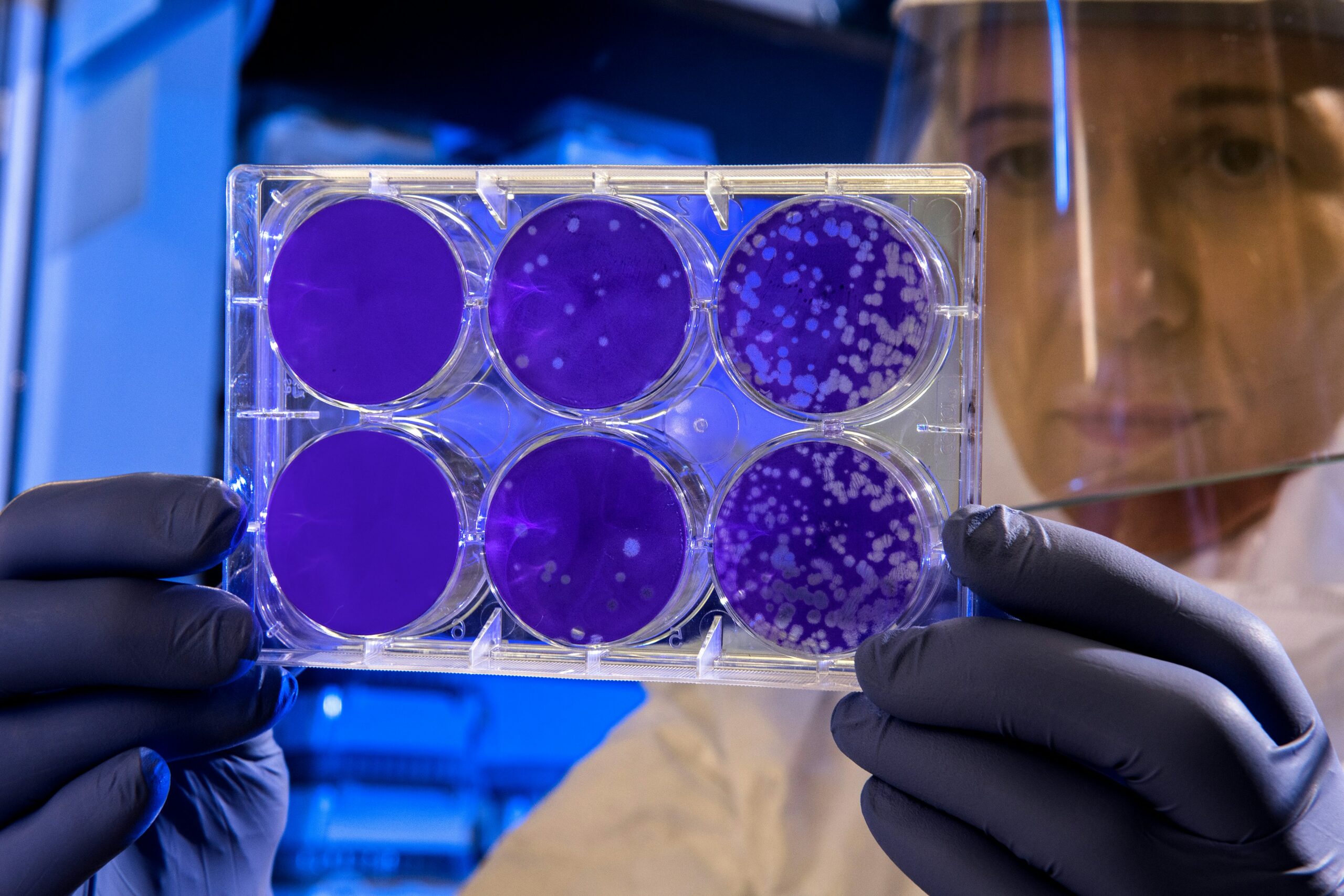Typhoid fever is a multisystem disease and a significant public health problem in some countries. Types of Salmonella bacteria cause it. The bacteria enter the patient's digestive tract, causing various symptoms. Typhoid fever can cause a kind of gastrointestinal distress or non-specific systemic symptoms.
The disease can cause many complications and is dangerous to the patient's health and life. Despite significant medical advances, typhoid remains a severe threat to public health worldwide. The risk is high, particularly in developing countries, while the incidence is relatively low in Europe and the United States.
Consequently, tourists and travelers to countries with a high incidence of typhoid are at risk. Microbiological cultures detect Salmonella bacteria in the body to confirm infection. Treatment of typhoid fever mainly involves antibiotics. Prevention in the form of typhoid vaccines is also essential.

The primary and direct cause causing typhoid fever is Salmonella bacteria. Specifically, two types of strains are indicated: Salmonella typhi![]() and Salmonella paratyphi
and Salmonella paratyphi![]() . Salmonella bacteria are transmitted by the fecal-oral route in various ways.
. Salmonella bacteria are transmitted by the fecal-oral route in various ways.
Infection can occur through the consumption of contaminated food or water. Salmonella bacteria can project into the human body through contaminated water and undercooked food. The primary food sources on which salmonella bacteria can live are meat or livestock products. These include poultry, eggs, and rarely turtles. The number of new cases of typhoid fever is increasing in areas with shortages of clean drinking water.
Fomites is a term used to describe various objects and surfaces where Salmonella infection can occur. A fomite is everybody's object that can transmit the disease to a new host after contamination or exposure to infectious agents. The most common types of fomites include everyday items related to food preparation, such as crockery and cutlery, and products good for hygiene, such as towels. Sharing such items with different people increases the risk of bacterial transmission.

There are also suspicions that Salmonella bacteria can be transmitted to humans by insects. Scientists investigating an outbreak of typhoid fever concluded that a housefly![]() was an essential causative agent of the disease. It may have been related to the fact that flies often live on human feces, which may contain Salmonella bacilli in contaminated humans. Thus, flies can project the bacteria onto food, objects, and people.
was an essential causative agent of the disease. It may have been related to the fact that flies often live on human feces, which may contain Salmonella bacilli in contaminated humans. Thus, flies can project the bacteria onto food, objects, and people.
Poor hygiene is a significant factor in increasing the risk of typhoid fever. This is because Salmonella can spread through contact with the feces of an infected person. Consequently, not washing hands projects Salmonella on objects and people. Typhoid is more common in developing countries in temperate and tropical climates. The disease is directly linked to sanitation, access to clean water, and the sanitation system.
Typhoid fever is a disease that is mainly transmitted from person to person. Humans are the primary carriers, with no recorded transmission from animals to humans, not counting insects. Salmonella infections are more common in overpopulated areas, with a high disease burden in Africa and Asia![]() .
.
In contrast, cases in developed countries usually result from travelers returning from areas at increased risk. Those less likely to receive vaccination and medical consultation before traveling are also at increased risk of Salmonella infection. Rapid population growth, environmental pollution, and shortages of clean drinking water have recently increased the incidence of disease.

The intensity and variety of symptoms of typhoid fever depend on many factors, including the species of bacteria and the patient's immunity. Symptoms appear approximately one week after being poisoned by the bacterium. Salmonella infection causes a more severe course in immunocompromised patients![]() . Stomach acids destroy Salmonella in healthy individuals' stomachs. However, Salmonella strains may be too potent in weakened people and reach the small intestine. Typhoid fever has non-specific symptoms, which include:
. Stomach acids destroy Salmonella in healthy individuals' stomachs. However, Salmonella strains may be too potent in weakened people and reach the small intestine. Typhoid fever has non-specific symptoms, which include:
The initial symptom of typhoid fever is nausea, which causes vomiting. These unpleasant symptoms cause anorexia. During the first week of the disease, a gradual deterioration of the patient's condition is observed, accompanied by uncharacteristic symptoms. Based on these symptoms, it is difficult to recognize and correctly diagnose the initial course of typhoid fever.
Nausea and vomiting cause abdominal pain of a diffuse nature. The pain originates in a specific area but quickly spreads to the entire abdomen. We then speak of diffuse pain. Abdominal pain is often accompanied by flatulence![]() . The disease is often accompanied by abdominal discomfort and, in some cases, constipation
. The disease is often accompanied by abdominal discomfort and, in some cases, constipation![]() . When there is a perforation of the ileum in the course, there may also be tenderness, stiffness, and protection of the abdomen.
. When there is a perforation of the ileum in the course, there may also be tenderness, stiffness, and protection of the abdomen.
This symptom can be of various severity, and there are cases of severe diarrhea with blood in the stool. Immunocompromised patients are more likely to experience severe diarrhea and more serious metastatic infections. If treatment is delayed, patients develop anorexia due to diarrhea and lack of appetite, with marked weight loss.

As the name of the disease suggests, fever is present in its course. Typhoid fever is characterized by high fever and significant weakness of the body. In addition, the fever may be accompanied by flu-like symptoms![]() such as coughing or headaches. A fever usually signifies the development of the disease and can quickly cause bacteremia. A fever is a symptom that appears suddenly and falls just as quickly, causing a staircase pattern.
such as coughing or headaches. A fever usually signifies the development of the disease and can quickly cause bacteremia. A fever is a symptom that appears suddenly and falls just as quickly, causing a staircase pattern.
In rare cases of typhoid fever, symptoms may involve the skin. The characteristic symptom is rose spots![]() on the surface of the abdomen and lower chest. It is a typical rash of typhoid rubella, but unfortunately, it is rare. In addition to it, typhoid patients tend to have baldness and dry skin. Occasionally, there are cases of jaundice in patients with biliary pathologies.
on the surface of the abdomen and lower chest. It is a typical rash of typhoid rubella, but unfortunately, it is rare. In addition to it, typhoid patients tend to have baldness and dry skin. Occasionally, there are cases of jaundice in patients with biliary pathologies.
A reduced heart rate may also occur during the first week of illness. This symptom usually accompanies fever. The significant decrease in heart rate may change intensity over time when serious complications develop. It is a rare complication in patients with typhoid fever, but there is sometimes chest pain due to myocarditis![]() and pericarditis
and pericarditis![]() .
.

Hepatosplenomegaly signifies the enlargement of the spleen and liver organs. This symptom usually accompanies various infections, including Salmonella infections. The enlargement is visible on palpation. Enlargement of the spleen and liver can cause additional symptoms and increase the intensity of abdominal pain.
During the development of typhoid fever, the disease causes bacteremia. Bacteraemia is an infection of the blood resulting from the presence of live bacteria. Unlike sepsis, it is not usually life-threatening, but complications of typhoid fever can cause severe conditions. In some cases, it can progress to sepsis, even leading to death. People with weakened immune systems and suffering from additional illnesses are mainly at risk of bacteremia.
Untreated typhoid fever can cause numerous complications. Metastatic complications mean the bacteria's harmfulness projects to different body parts. Among other things, it can affect the nervous system, causing meningitis. In such a case, neck stiffness and various neurological symptoms also appear. Psychosis and delirium are often present. In addition to this, apathy, confusion, and even Parkinsonism![]() have been observed in patients.
have been observed in patients.
Patients with suspected typhoid fever should be diagnosed quickly. This is especially true for patients in high-incidence countries and tourists returning from these countries. Making a diagnosis based on the history alone is difficult in the first week, but laboratory tests can establish the disease.

A blood culture is the primary test for diagnosing typhoid fever. It is easy to perform and widely available. It is also highly effective where the patient has bacteremia. Blood cultures detect the presence of Salmonella bacteria in the blood. However, further testing is necessary if the bacteria are not present in the bloodstream.
Stool culture is a less effective test than blood culture, but it can be crucial in confirming the diagnosis. The best results are obtained in typhoid fever's second and third weeks. Stool culture confirms or excludes a bacterial etiology of the disease, which is essential for Salmonella infections.
A critical test in the diagnosis of typhoid fever is bone marrow culture. The test involves taking a sample of bone marrow from the patient. It is an efficient and sensitive test because many microorganisms can be detected in the bone marrow. Despite antibiotic therapy, the bone marrow culture can show the presence of bacteria in the body. The disadvantages of the test are the high cost and invasiveness.
Serological tests identify and qualitatively, quantitatively, or semi-quantitatively determine unknown antigens in a patient's sample. The Widal Test![]() , which detects antibodies to predict recent Salmonella infection, is used to diagnose typhoid fever. However, the Widal Test could be more practical because it often gives false results.
, which detects antibodies to predict recent Salmonella infection, is used to diagnose typhoid fever. However, the Widal Test could be more practical because it often gives false results.
Skin biopsy tests are sometimes performed when patients have rose spots characteristic of typhoid fever. Puncture biopsies are invasive tests with a reasonably high success rate, even if antibiotic therapy has already been used. However, due to the rarity of rose spot symptoms, skin section tests are not often done to diagnose typhoid fever.
Patients diagnosed with Salmonella are given immediate treatment. Complications make a recovery much more complex and require additional treatments and specialized care. Patients with severe conditions should be hospitalized.

Antibiotics are the mainstay of typhoid fever treatment. Prompt administration protects against complications during the disease. Patients are often given fluoroquinolones![]() , which are highly effective in treatment. They are the primary treatment for adult typhoid patients. However, there are cases of resistance to these drugs, in which case using different types of antibiotics or additional therapeutic options is necessary.
, which are highly effective in treatment. They are the primary treatment for adult typhoid patients. However, there are cases of resistance to these drugs, in which case using different types of antibiotics or additional therapeutic options is necessary.
Symptomatic and supportive care is very important for patients with typhoid fever. In many cases, persistent diarrhea causes dehydration and weight loss. Consequently, continuous hydration is essential in patients with typhoid fever. Ventilation and oxygenation, however, are necessary in patients with pulmonary complications. In severe cases of encephalitis, corticosteroids are used.
In rare cases, typhoid fever may require surgery to treat. Cholecystectomy![]() is used in patients with gallstones. The procedure can be performed using classical and laparoscopic methods, which are now the standard for gallstone surgery. Surgical treatment is also indicated for different complications, such as perforation of the ileum and peritonitis.
is used in patients with gallstones. The procedure can be performed using classical and laparoscopic methods, which are now the standard for gallstone surgery. Surgical treatment is also indicated for different complications, such as perforation of the ileum and peritonitis.
In the case of typhoid fever, vaccination prevention is essential. The disease burden in developing countries has decreased significantly since the vaccination against Salmonella typhi. The vaccine is suggested to be given to travelers before they travel to a country with a risk of typhoid fever. Two types of vaccines are available and licensed in the United States.
The vaccine can be used in patients as young as two. Both vaccines have high efficacy and protection against the bacteria. In addition, typhoid vaccination is well tolerated. Regardless of the type of vaccine received, a booster vaccination is recommended three years after the last dose.
Salmonella typhi and Salmonella paratyphi are the bacteria responsible for the development of typhoid fever. Infection can occur via the fecal-oral route. Poor hygiene and different factors significantly increase the risk of typhoid fever, to which tourists traveling to countries with high infection rates are also exposed—bacteria that enter the patient's digestive tract cause many symptoms.
As the disease progresses, bacteremia develops, and several dangerous complications follow. Microbiological cultures are done from the patient's blood, stool, or urine to confirm the infection, and the growth of Salmonella typhi bacteria confirms the diagnosis of typhoid fever. Antibiotics from the fluoroquinolone group treat typhoid fever, while vaccines are used as prevention.